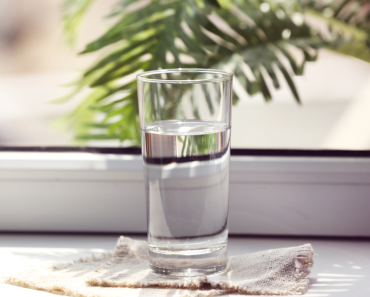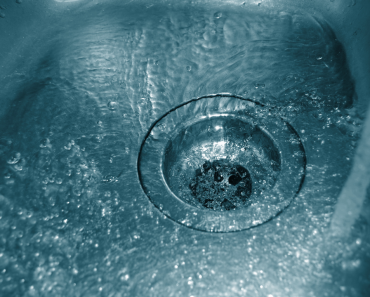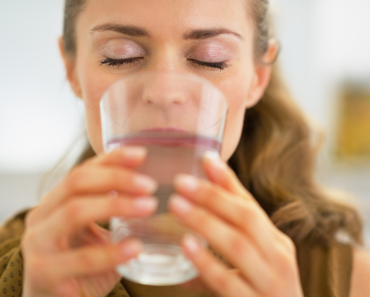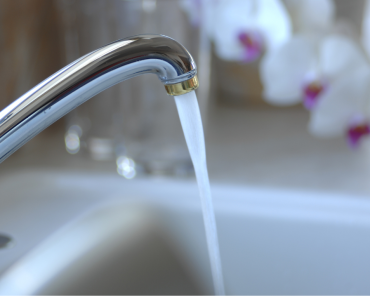Many people have good reason to question the quality of drinking water they are getting from their local water provider. Many people wonder if the water they are drinking is healthy for their families. To read on, you will have to answer two questions.
What Is In It?
The key to my next question is what is in it. We will be looking at three different water providers with respect to their quality and also the quality of water they themselves supply.
First, let’s use the water from your tap. I will give you a hint. This water is TOTALLY different from your tap water, and even from the water tap that you use for your drinking and cooking.
It Is Completely Different From Tap Water
The water from your tap is only about 25% pure water. This is a scientific fact. 75% of the time, the water you get from your tap is run through some type of filter, and 25% is actually pure water. The other 25% is really only safe from chemical and biological contamination. Various molecules in that 25% can interact with the various chemicals in your water and thus contaminate it. If a person has “just had a shower” or has used the faucet for several hours, these chemicals might be stored in their body from the water they drank. It is like leaving a door open all day long, allowing a certain amount of invasion by bacteria.
Is It Safe To Drink?
tap water is only as healthy as the water itself. It may contain chlorine, which is naturally a disinfectant for our household. Chlorine was put into our tap water when it was first discovered in our reservoir in the early 1900s. It makes sense that when our society started using more soap, it was applied to our tap water. The modern-day examples of chlorine in our tap water are probably less than the chlorine that was once used. Our bodies are able to eliminate many of the chemicals from our bodies with a quick glance at the tap water, but what about the chemicals that are left that have no kitchen or bathroom scale? One would like to be able to rinse this chemical away, but is that even possible?
The only way to be sure that the water you drink is healthy and free from contamination is to purchase a home filter.
What the separated purified filtered distilled enhanced water really means is that these days, most of the water that is being supplied to homes around the world has been stripped of the salt, minerals, and contaminants that it might normally contain. It is filtered and then distilled to further reduce the mineral content and better stabilize the pH level. This makes the water extremely healthy, and the vegetables taste much better as well.
The problem is that when we drink distilled water we are also drinking the excess cancer-causing agents and toxins that those who produce and manufacture the water have left behind. The long-term effects of drinking distilled water have not been done properly and the effects on our bodies from long-term use of this water are unknown. It is being used against bottled water in grocery store chains and restaurants because it is an extraordinary bargain, but a bargain that is destined to go against our health.
Bottled water is just as bad in some regards, because of the claims that the bottlers make about the quality of their water. The three biggest offenders when it comes to determining whether or not the water is good for you are:
- Is it distilled?
- Is it ionized?
- What contaminants are there?
Distilled water is believed to have some benefits because of the carbon dioxide removal process. However, a quick look at the bottlers’ rating on the independent bottlers’ organization shows that most bottled water is obtained from a process that is very similar to that of distillation.
Ionization or boiling water (also called hybridization) is the effect of heating water in the presence of gas or oxygen, destroying the natural molecular structure of the water and making it weaker than the original. Ionized water is effectively purified but still contains traces of those natural minerals.
Boils: During this process, very tiny water molecules are broken down by the heat and steam, and when they reassemble after the water is removed, they have a total face value of about 98%. However, pure water without any minerals is what distilled water is-is still pretty pure. Boiling has no effect on the health value of the water. Distilled water can’t be called pure.
High ORP (Oxidation Reduction Phosphate) water is the most processed and purified water, obtained by the oldest method available—distillation.



